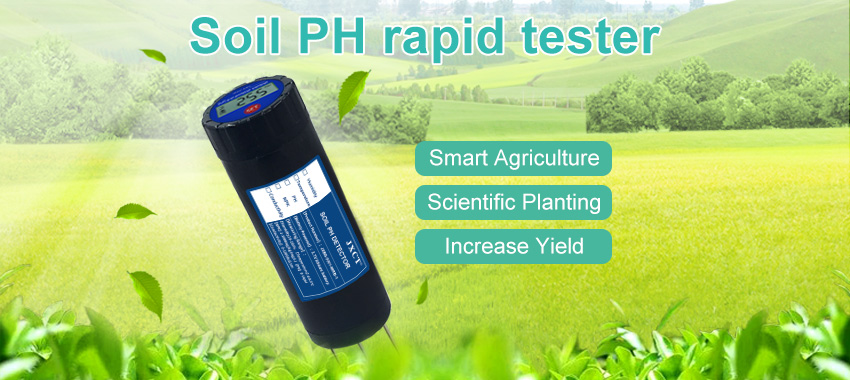Soil sensors are essential tools used in agriculture, gardening, and environmental monitoring. These sensors provide valuable information about the moisture content, temperature, and nutrient levels of the soil, helping farmers and gardeners make informed decisions regarding irrigation and fertilization. In this article, we will explore the components and technology behind a soil sensor and understand how it functions to provide accurate soil data.

Probe or Sensor Tip:
The probe or sensor tip is the primary component of a soil sensor that comes into direct contact with the soil. It is typically made of a durable material such as stainless steel or ceramic to withstand the harsh soil environment. The sensor tip consists of multiple sensors, including a moisture sensor, temperature sensor, and sometimes an electrical conductivity sensor.
Moisture Sensor:
The moisture sensor measures the water content in the soil. It usually employs a technology known as capacitance or resistive measurement. Capacitance moisture sensors measure the dielectric constant of the soil, which changes with the water content. Resistive moisture sensors measure the electrical resistance between two electrodes, which increases with soil moisture. Both these measurement methods provide reliable and accurate readings of soil moisture levels.
Temperature Sensor:
The temperature sensor in a soil sensor is responsible for measuring the soil temperature. It is commonly a thermistor or a thermocouple that detects changes in temperature and converts them into electrical signals. Soil temperature is a critical parameter for plant growth, as it affects nutrient availability, microbial activity, and overall plant health. Accurate temperature measurements help farmers and gardeners determine the appropriate timing for planting, fertilizing, and other agricultural activities.
Electrical Conductivity Sensor:
Some advanced soil sensors also include an electrical conductivity sensor to measure the soil’s ability to conduct electrical current. Electrical conductivity is an indicator of the soil’s salinity and nutrient levels. It helps identify any imbalances or deficiencies in the soil composition. This sensor usually consists of two or more electrodes that measure the resistance to the flow of electric current through the soil.
Data Processing and Transmitter:
The data processing unit in a soil sensor analyzes the signals received from the moisture, temperature, and conductivity sensors. It converts the raw data into meaningful information about soil conditions. The processed data can include parameters like soil moisture percentage, temperature in degrees Celsius or Fahrenheit, and electrical conductivity in millisiemens per meter (mS/m). This unit also determines the communication protocol for transmitting the data to the data logger or a central monitoring system.
Power Source:
Soil sensors require a power source to operate. They typically use batteries or solar panels to power the electrical components. Battery-powered sensors are convenient for remote locations where access to electricity is limited. Solar-powered sensors are self-sustaining and can continuously operate by harnessing solar energy. The power source must provide sufficient energy for the sensors to function continuously and reliably.

Housing and Protection:
To ensure the durability and longevity of the soil sensor, it is encased in a sturdy housing. The housing protects the internal components from physical damage, moisture, and other environmental factors. It is typically made of materials like plastic or metal, which are resistant to corrosion and weathering. The housing design also facilitates easy installation and maintenance of the soil sensor.
Connectivity Options:
Modern soil sensors often come with various connectivity options to transmit data wirelessly. This allows farmers and gardeners to access real-time data and monitor soil conditions remotely. Wireless connectivity options include Wi-Fi, Bluetooth, and cellular networks. Some sensors may also support integration with IoT platforms, enabling seamless integration with other smart agricultural systems.
In conclusion, a soil sensor consists of several essential components that work together to provide accurate soil data. The probe or sensor tip, moisture sensor, temperature sensor, electrical conductivity sensor (optional), data processing unit, power source, housing, and connectivity options are integral to the functioning of a soil sensor. By utilizing this technology, farmers and gardeners can make informed decisions regarding irrigation, fertilization, and crop management, ultimately improving agricultural productivity and resource efficiency.